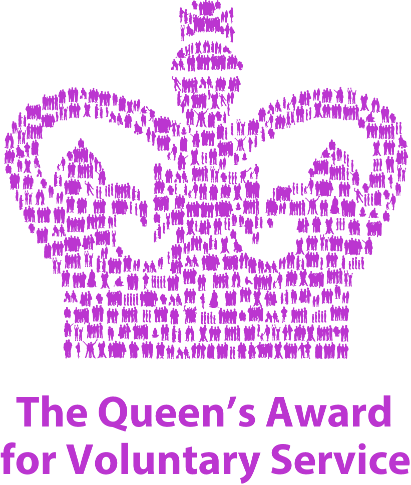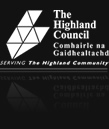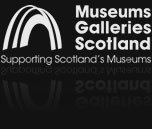Blog
A recent Lochaber Archaeological Society visit to old Kilmallie Cemetery unearthed a familiar problem. The gravestone of Alan Cameron, baker of Inverlochy, appears to be the one and only stone in the cemetery inscribed entirely in Gaelic. It stands next to that of the Gaelic bard, activist and historians, Mary MacKellar, who has a bilingual stone. The stone to the Rev Archibald Clerk, minister of Kilmallie from 1843-87, records in English that he was a noted Gaelic scholar. He was also responsible for ensuring that schools in his parish taught children to read and write in their native Gaelic, which remained the majority language in the area until about the time of the First World War. In a graveyard in North Wales the vast majority of stones would be inscribed in Welsh. Why then did native highlanders eschew their mother tongue on their final memorial?
.jpg)
One might go on to ask why Welsh, spoken by about 20% of the population, has survived so much better than Gaelic, which is spoken by less than 2% of Scots. Welsh belongs to the Brittonic group of tongues which included Pictish, Cornish and Breton from France. Cornish, once classified as extinct, is now regarded as revived but has only about 400 speakers, to whom it is a second language.
Gaelic and Cornish share a common experience which may explain their relative decline. In Tudor times the vast majority of Cornish folk spoke the language. In 1497 they rebelled against HenryVII's tax hikes and were only defeated in a desperate battle on the outskirts of London.
Later they rose in rebellion against Henry VIII's attempt to impose an English prayer book. They protested that they didn't understand English and wanted to keep the Latin prayer book, although they understood even less Latin. Henry is thought to have slaughtered about 20% of the adult population. In the following years the Cornish language quickly died away.
Cornish and Gaelic have both then suffered violent repression. Cornish under the horrible Henrys and Gaelic, and its associated culture, in the wake of the '45. Could it be that both peoples were so traumatised that they lost all confidence in their own cultures? Although subject to discrimination, Wales has never suffered mass slaughter on the scale seen in Cornwall or the Highlands.
From time to time on war memorial or gravestones a single phrase of Gaelic may be seen below all the English. “Gus am bris an latha” Until the day breaks. Will the day break again for Cornish and for the Gaelic?
Raghnall Camshron (Ronald Cameron)











